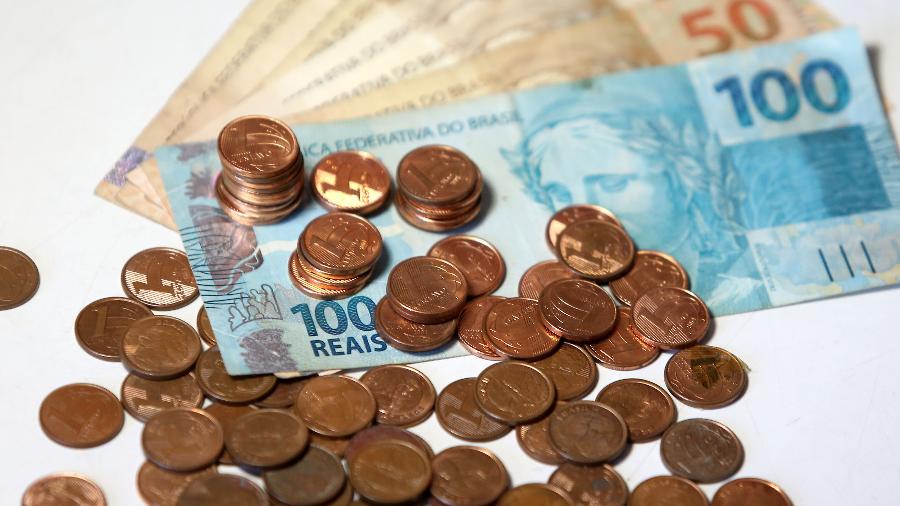Big Data em SP: Tarcísio oscila para baixo e tem 56%; Haddad vai a 44%

Pesquisa do instituto Real Time Big Data realizada por telefone, contratada pela Record TV e divulgada hoje, aponta Tarcísio de Freitas (Republicanos) na liderança pelo governo de São Paulo, com 56% das intenções para votos válidos, contra 44% obtidos por Fernando Haddad (PT), seu adversário na disputa.
Em relação à pesquisa anterior do instituto, divulgada no dia 19 de outubro, Tarcísio oscilou dois pontos percentuais para baixo (foi de 58% para 56%), e Haddad, dois para cima (de 42% para 44%). As variações ocorreram dentro da margem de erro, que é de três pontos para mais ou para menos.
Nos votos totais —que consideram brancos, nulos e indecisos—, Tarcísio aparece com 50%, e Haddad, com 39%. Os brancos e nulos somam 5%, enquanto os indecisos são 6%, de acordo com a pesquisa.
O Instituto ouviu 1200 eleitores paulistas entre os dias 24 e 25 de outubro. O nível de confiança, segundo o instituto, é de 95%. A pesquisa custou R$ 20 mil e está registrada no TSE (Tribunal Superior Eleitoral) sob o número SP-06563/2022.
Votos válidos:
- Tarcísio de Freitas (Republicanos): 56% (tinha 58% na semana ada)
- Fernando Haddad (PT): 44% (tinha 42%)
Votos totais
- Tarcísio de Freitas (Republicanos): 50% (tinha 49%)
- Fernando Haddad (PT): 39% (tinha 36%)
- Brancos ou nulos: 5% (era 7%)
- Não sabem: 6% (era 8%)
Sobre a pesquisa
O Real Time Big Data foi fundado em 2015, tem sede em São Paulo e fez sua primeira pesquisa presidencial em 2018 com financiamento principal da TV Record.















ID: {{comments.info.id}}
URL: {{comments.info.url}}
Ocorreu um erro ao carregar os comentários.
Por favor, tente novamente mais tarde.
{{comments.total}} Comentário
{{comments.total}} Comentários
Seja o primeiro a comentar
Essa discussão está encerrada
Não é possivel enviar novos comentários.
Essa área é exclusiva para você, , ler e comentar.
Só s do UOL podem comentar
Ainda não é ? Assine já.
Se você já é do UOL, faça seu .
O autor da mensagem, e não o UOL, é o responsável pelo comentário. Reserve um tempo para ler as Regras de Uso para comentários.